Remember when waiting wasn’t just something you did while scrolling through your phone? There was a time when patience wasn’t just a virtue—it was a necessity of everyday life. From waiting for photos to develop to hoping your favorite song would come on the radio, our days were filled with anticipation that the instant-gratification generation will never understand. Let’s take a stroll down memory lane and recall those moments of waiting that somehow made the reward all the sweeter.
1. Developing Photographs
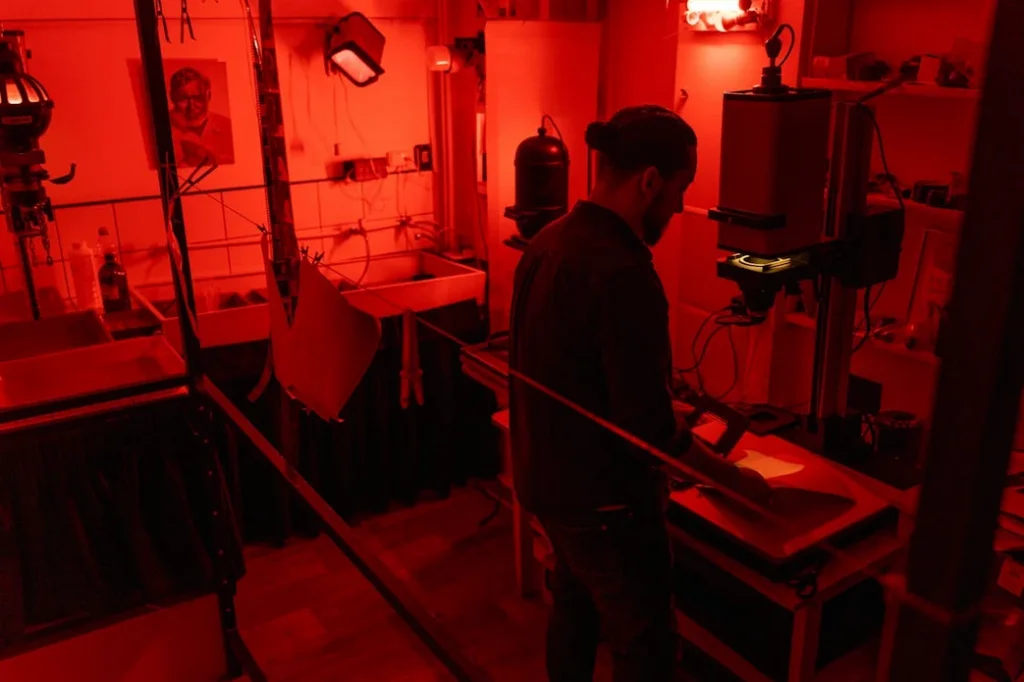
The ritual was simple but agonizing: drop off your roll of film, pay your fee, and then wait a whole day (or more!) to see if any of your vacation shots turned out. Those little paper envelopes held such promise and mystery—would your thumb be covering the lens in that family portrait? Would your eyes be closed in every single shot? The anticipation was almost unbearable. American Chemical Society dives into the chemistry behind this fascinating process and takes a snapshot at what’s happening to bring our photos to life.
The payoff, however, was magical in a way digital photos can never quite replicate. Sitting around the kitchen table, passing physical photographs between family members, laughing at the bloopers and marveling at the perfect captures—it created a shared experience. And there was something special about carefully placing those precious images in albums that would be treasured for generations, rather than forgotten in some digital cloud storage.
2. Writing Letters and Waiting for Replies

Before instant messaging and emails, communication required actual paper, envelopes, stamps, and the most precious commodity of all—time. After pouring your heart out onto stationery, you’d walk to the mailbox, send your thoughts into the void, and then wait days or even weeks for a response. During that interval, you’d check the mailbox daily with mounting anticipation. Verywell Mind lists the benefits to writing letters over texting.
The reward for such patience was holding someone’s handwritten thoughts in your hands—seeing their unique penmanship, noticing the pressure of their pen on paper when they were emphasizing a point, perhaps even detecting a faint scent of their home. Those letters were physical connections to distant loved ones, treasured artifacts that many of us still keep in shoeboxes under our beds. Nothing in our digital age can match the thrill of seeing an envelope addressed in a familiar hand.
3. Waiting for TV Shows

In the era before streaming and on-demand viewing, television was an appointment-based relationship. If you wanted to watch the latest episode of “Dallas” or “MAS*H,” you had to be in front of your television at the exact time it aired. Missing it meant waiting for summer reruns or just never knowing what happened. The Criterion Collection channel surfs right to the Golden Age of Television.
The beautiful thing about this shared viewing experience was that it united the nation in cultural moments that simply don’t exist anymore. Water cooler discussions the day after a major season finale created community and shared cultural touchpoints. The anticipation of waiting a full week between episodes allowed theories to develop, excitement to build, and finales to become national events that everyone experienced simultaneously.
4. Music on the Radio
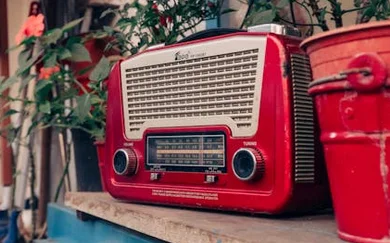
Long before playlists and music streaming services, we spent hours beside our radios with fingers poised over the record button, waiting for our favorite songs to play. The anticipation was exquisite torture—would the DJ talk over the intro? Would they cut it short at the end? Would your mom call you for dinner just as the first notes began?
Creating a personalized mixtape was an art form that required patience, timing, and a bit of luck. Each cassette represented hours of dedicated waiting and quick reflexes, resulting in personalized soundtracks for road trips, romantic gestures, or just personal enjoyment. The limitations of the medium forced us to be present and engaged with the music in ways that unlimited digital access has largely eliminated.
5. Using Encyclopedia Volumes for Research

School reports meant a trip to the library or consulting the family’s prized encyclopedia set, methodically working through alphabetized volumes to find relevant information. Finding one useful fact might lead to another book, creating research trails that could take days to complete. The process was slow, methodical, and sometimes frustrating.
The knowledge gained through this patient process, however, seemed to stick better in our minds. The effort required to find information made it more valuable, and the incidental discoveries along the way often proved more interesting than what we were originally seeking. While today’s students can access information instantly, they miss the joy of accidentally discovering fascinating topics while flipping through pages seeking something else entirely.
6. Waiting for the Phone to Be Free

In households with one telephone line, patience wasn’t optional—it was mandatory. Teenagers could monopolize the family phone for hours, leaving others hovering nearby, tapping their feet in frustration. Important calls had to wait their turn, and private conversations were rare luxuries in homes where the phone sat in a central location.
The shared nature of home telephones created natural boundaries around communication. Calls were typically shorter and more purposeful, and the cost of long-distance charges made conversations with faraway friends precious occasions. The family phone also created natural opportunities for parents to know who their children were talking to—a form of oversight that disappeared with the advent of personal mobile phones.
7. Waiting for Food at Restaurants
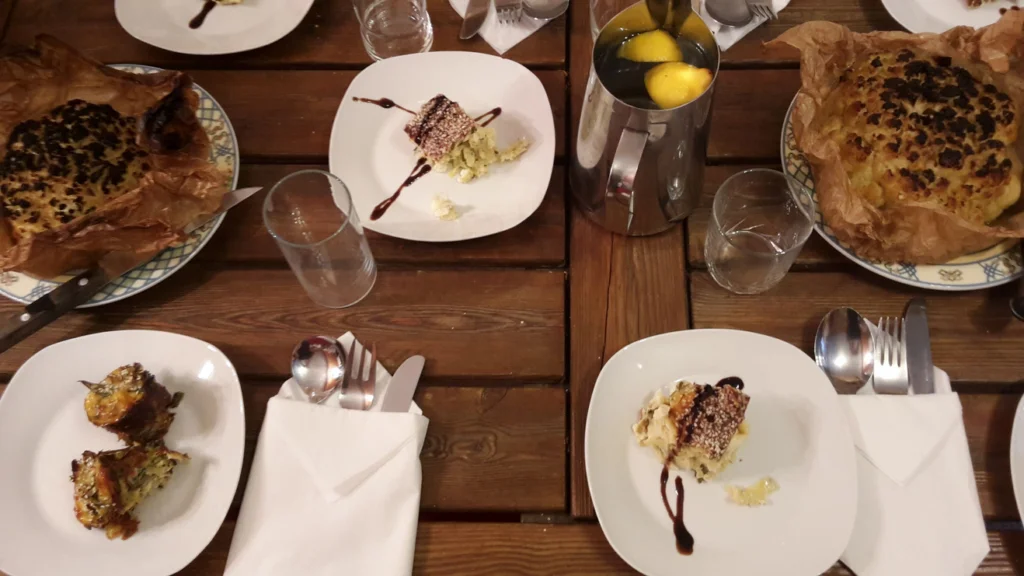
Before fast-food dominated the landscape, eating out meant genuinely slowing down. Orders were taken by hand, prepared from scratch, and served when ready—not necessarily when convenient. A family dinner could easily stretch to two hours or more, especially on busy nights.
These unhurried dining experiences created space for genuine conversation and connection. Families actually talked to each other while waiting for their meals, rather than staring at individual screens. The food, when it arrived, was appreciated more because of the anticipation built during the wait, and restaurants were destinations for special occasions rather than quick refueling stops.
8. Booting Up Computers
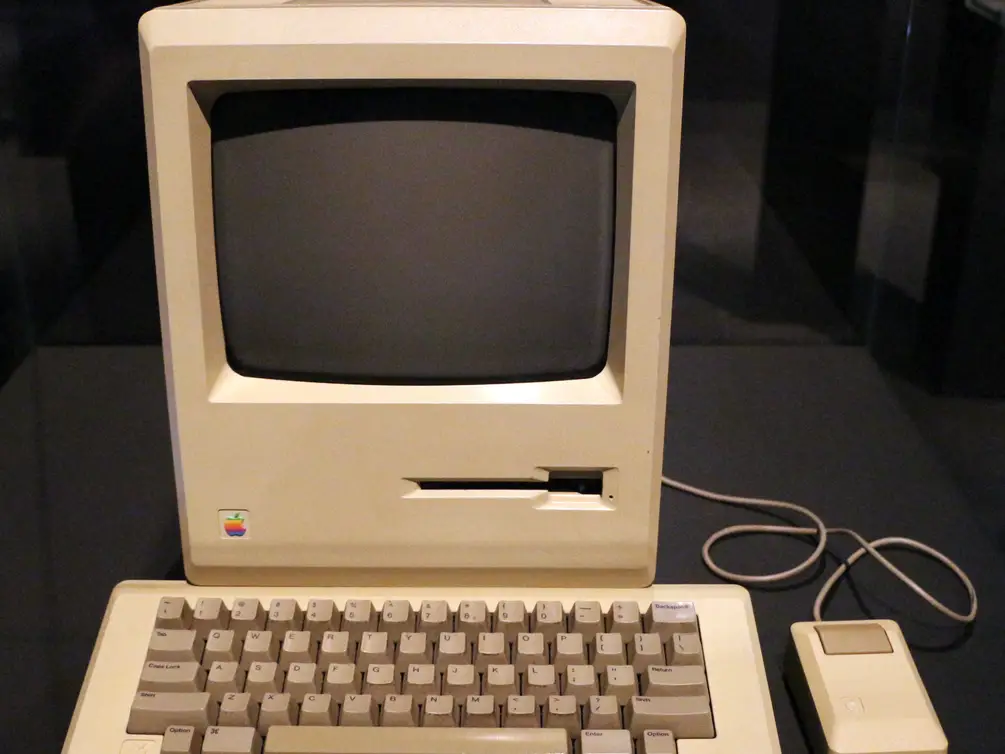
The early home computers required remarkable patience just to start up. Turning on your Commodore 64 or early IBM PC meant listening to a symphony of mechanical noises and watching cryptic text scroll by for minutes on end. Loading programs from floppy disks could test the patience of a saint.
This necessary patience created a different relationship with technology. Computers were tools brought out for specific purposes, not constant companions. The slowness of the machines also meant that users had to understand more about how they worked—debugging problems required knowledge rather than just restarting or googling a solution, fostering a deeper understanding of the technology itself.
9. Long-Distance Relationships
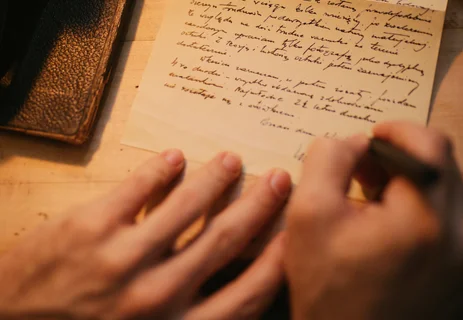
Maintaining connections across distances meant expensive long-distance calls carefully timed to take advantage of lower nighttime rates. Relationships depended on letters, occasional calls, and long periods between visits. The constraints required creativity, commitment, and yes—extraordinary patience.
Those who managed to maintain long-distance bonds developed communication skills that seem almost superhuman by today’s standards. Every word in a letter was carefully chosen for maximum impact, and phone calls became events where both parties came prepared with topics to discuss. When reunions finally occurred, they were cherished experiences rather than routine meetings.
10. Finding Someone in a Crowd

Meeting friends at concerts, shopping malls, or sporting events without cell phones required planning, patience, and sometimes a bit of luck. Specific meeting points had to be established beforehand, along with contingency plans for when someone inevitably went to the wrong entrance or arrived late.
These challenges fostered better planning skills and greater punctuality. People had to commit to plans once made, as changing them mid-execution was nearly impossible. When you finally spotted your friend’s familiar face in a crowd after searching for twenty minutes, the relief and joy were genuine emotional experiences that today’s “I’m here, where are you?” text messages can’t replicate.
11. Learning New Skills

Before YouTube tutorials and online courses, learning a new skill meant finding an in-person teacher, enrolling in community classes, or struggling through books with static images. Mastering knitting, carpentry, or automotive repair required perseverance and often meant making mistakes with no immediate guidance available.
This slower learning process built deeper foundations of understanding. Rather than quickly finding answers, we had to solve problems ourselves, developing critical thinking and troubleshooting skills along the way. The pride in mastering something through dedicated effort over time created confidence that instant knowledge acquisition simply cannot match.
12. Cooking Without Microwaves

Preparing meals before microwaves and instant pots meant planning ahead and accepting the natural timing of cooking processes. Defrosting required foresight, reheating leftovers took time, and quick meals were still measured in half hours rather than minutes.
This slower food preparation created natural rhythms in household life. The sounds and smells of dinner cooking would build anticipation, and the shared meal was the culmination of a process rather than a quick convenience. Many of us still find comfort in these slower cooking methods, recognizing that patience in the kitchen often translates to more flavorful, satisfying results.
13. Saving Money for Purchases

Before credit cards became ubiquitous, major purchases required saving actual money in advance. Whether it was a teenager saving babysitting money for a stereo or adults putting aside funds for a new refrigerator, the path to ownership was paved with patience. Layaway plans at department stores formalized this waiting process, allowing payments over time with the reward coming only at the end.
This financial patience created a different relationship with material goods. Items purchased after months of saving were valued more highly and treated with greater care. The anticipation period also provided a natural cooling-off period that often prevented impulsive purchases, resulting in homes filled with fewer but more meaningful possessions.
Life moved at a different pace back then, and while nobody’s suggesting we return to the days of rotary phones or dial-up internet, perhaps we’ve lost something valuable in our rush to eliminate waiting from our lives. The capacity for patience taught us delayed gratification, built anticipation that enhanced eventual enjoyment, and created spaces for human connection that our efficient modern world has engineered away. Maybe the real question isn’t how we survived all that waiting, but whether we’re truly thriving without it.



